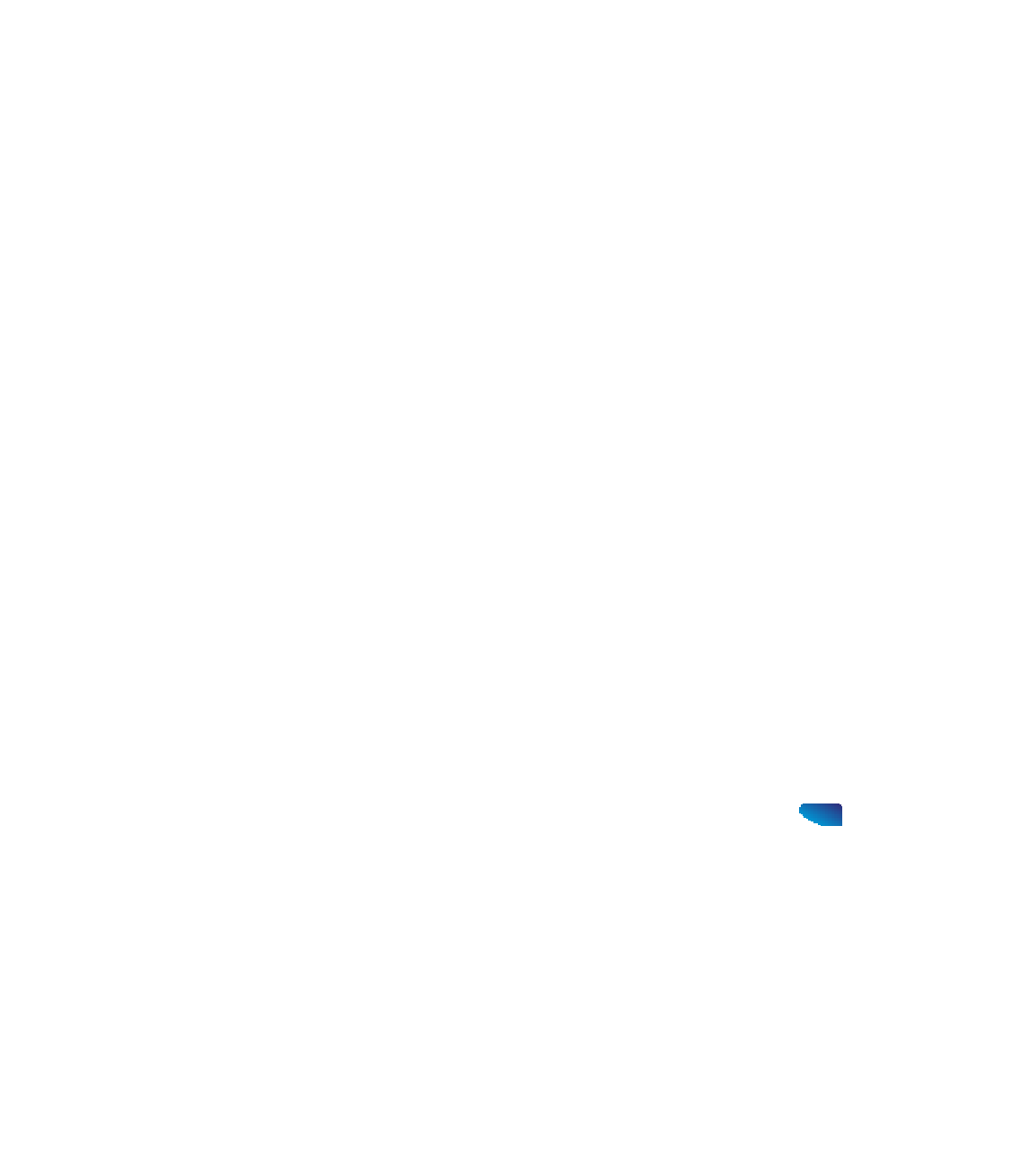Java Reference
In-Depth Information
b. An
Exception1
exception is thrown by the
review.question()
method.
c. An
Exception2
exception is thrown by the
review.question()
method.
d. An
Exception3
exception is thrown by the
review.question()
method.
If an exception is not caught and handled where it occurs, control is immediately
returned to the method that invoked the method that produced the exception. We
can design our software so that the exception is caught and handled at this outer
level. If it isn't caught there, control returns to the method that called
it. This process is called
propagating the exception.
This propaga-
tion continues until the exception is caught and handled or until it is
passed out of the
main
method, which terminates the program and
produces an exception message. To catch an exception at an outer
level, the method that produces the exception must be invoked inside
a
try
block that has
catch
clauses to handle it.
The
Propagation
program shown in Listing 11.3 succinctly demonstrates
the process of exception propagation. The
main
method invokes method
level1
in the
ExceptionScope
class (see Listing 11.4), which invokes
level2
,
which invokes
level3
, which produces an exception. Method
level3
does
not catch and handle the exception, so control is transferred back to
level2
.
The
level2
method does not catch and handle the exception either, so con-
trol is transferred back to
level1
. Because the invocation of
level2
is made
inside a
try
block (in method
level1
), the exception is caught and handled at
that point.
Note that the output does not include the messages indicating that the methods
level3
and
level2
are ending. These
println
statements are never executed,
because an exception occurred and had not yet been caught. However, after
method
level1
handles the exception, processing continues normally from that
point, printing the messages indicating that method
level1
and the program are
ending.
Note also that the
catch
clause that handles the exception uses the
getMessage
and
printStackTrace
methods to output that information. The stack trace shows
the methods that were called when the exception occurred.
KEY CONCEPT
If an exception is not caught and
handled where it occurs, it is propa-
gated to the calling method.
VideoNote
Proper exception
handling.







Search WWH ::

Custom Search